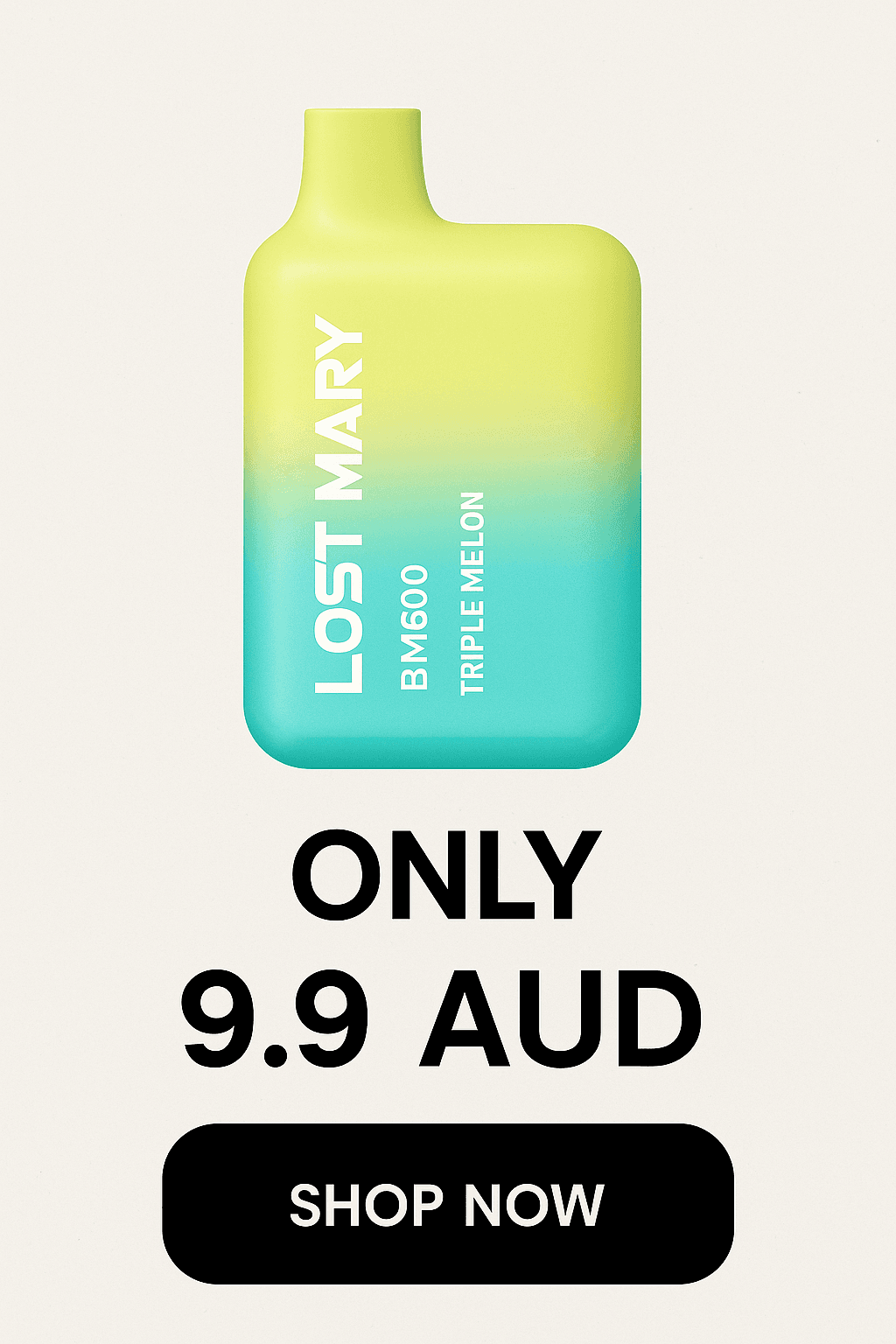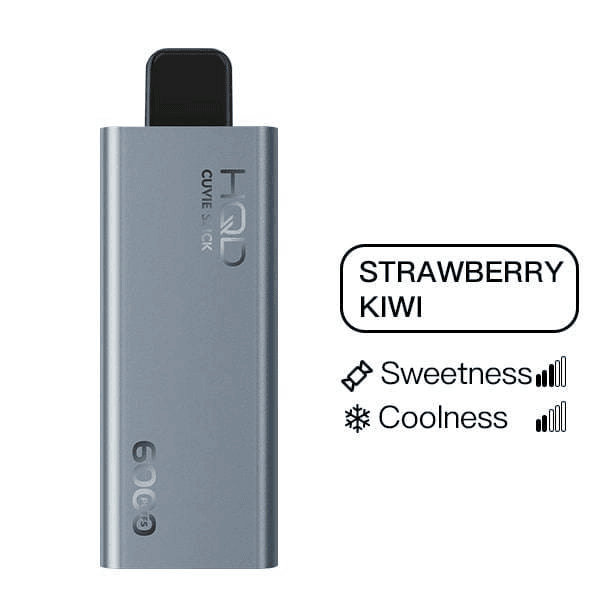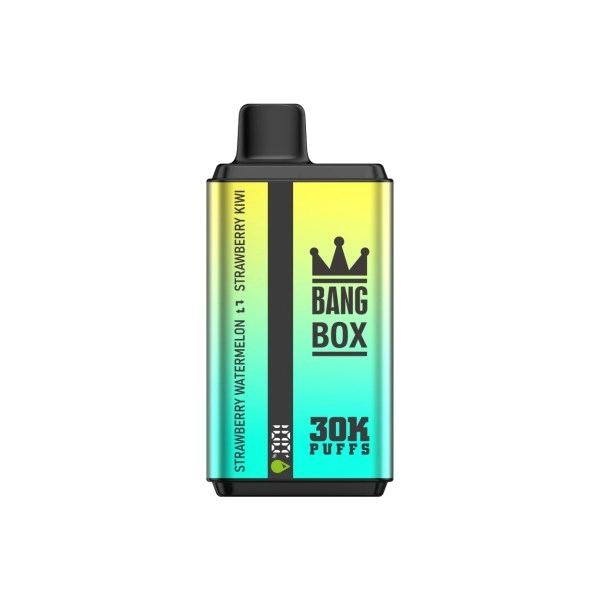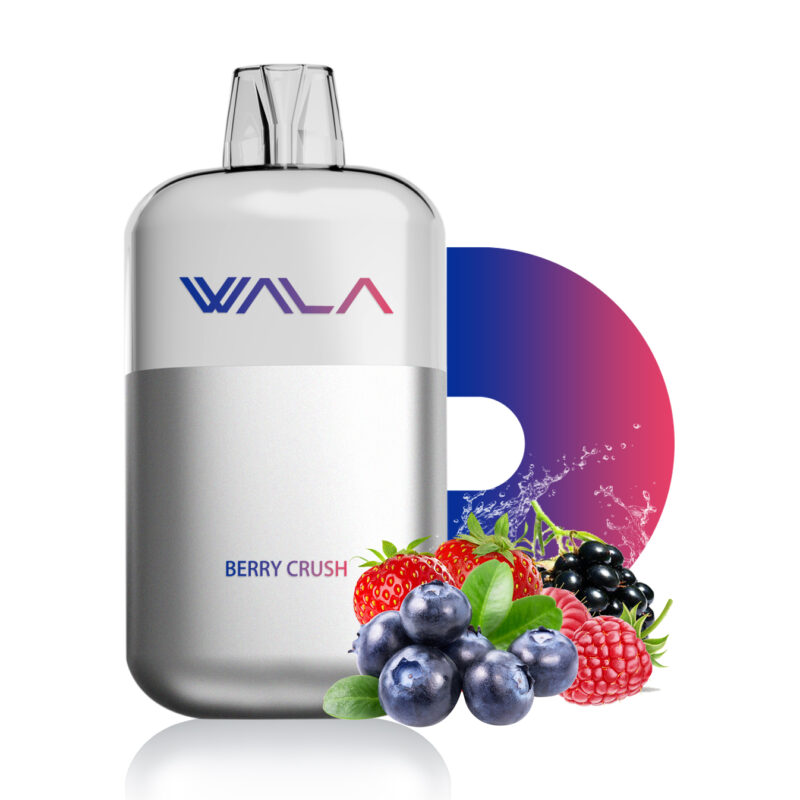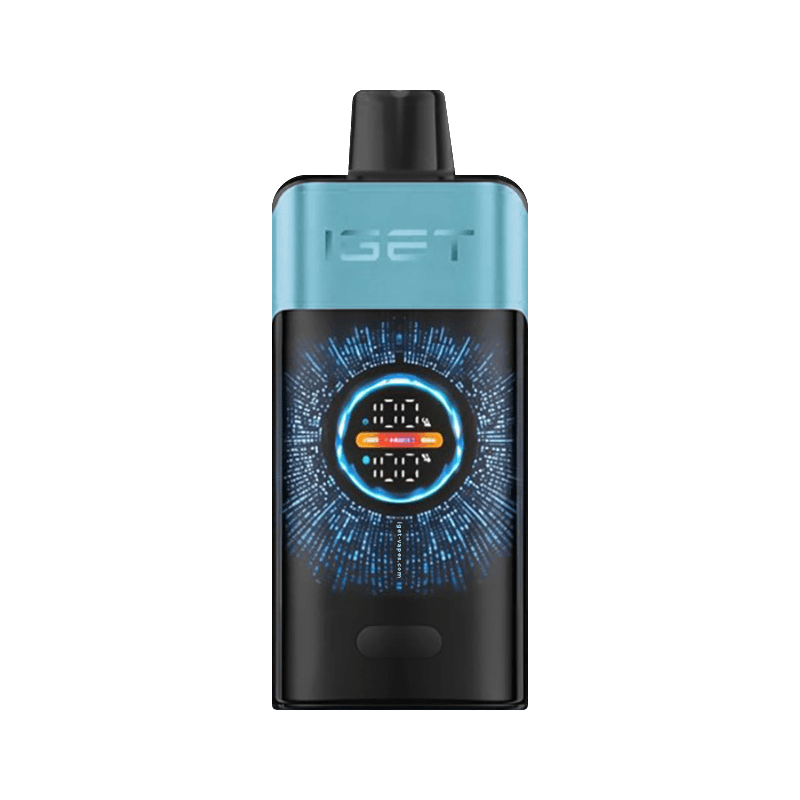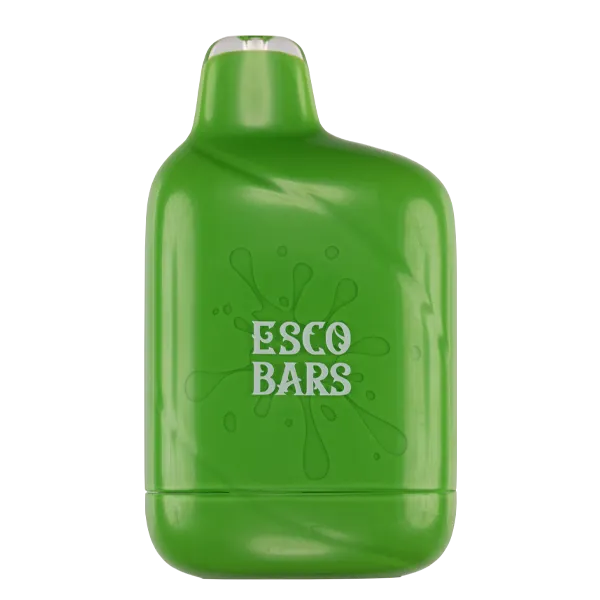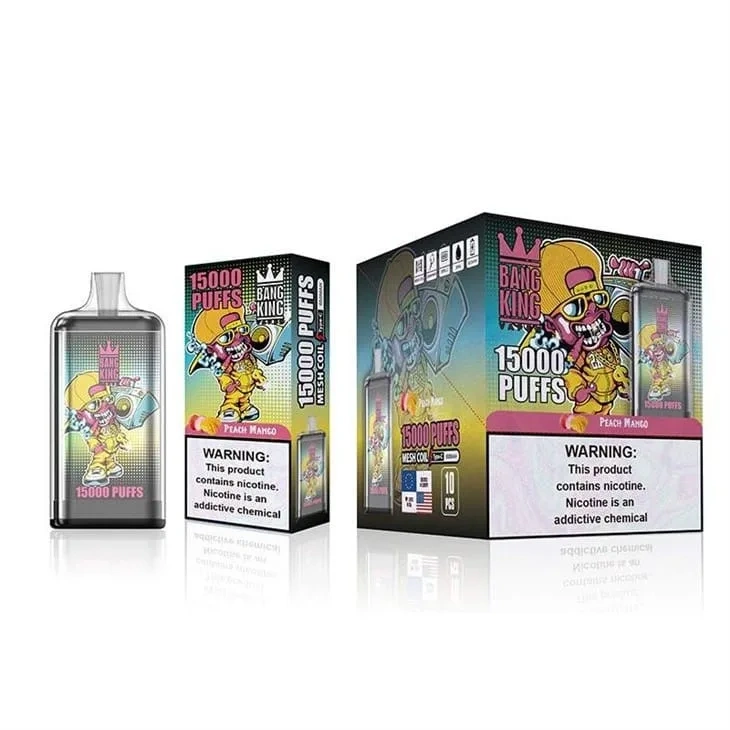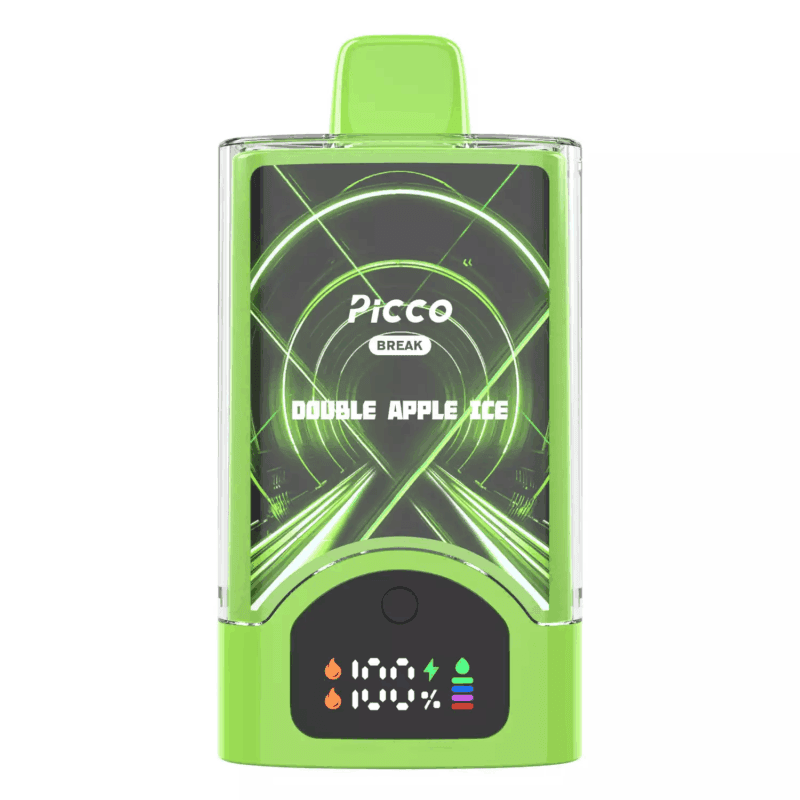- Waka Vape 101: What First-Timers (And Return Users) Actually Need to Know
- How We Put Every Waka Vape Through Its Paces
- What’s Really Inside a Waka Vape? The Tech That Keeps You Puffin’
- Real-World Waka Vape Test: Where It Shines (And Where It Doesn’t)
- Is Your Waka Vape Safe? What Every Aussie Vaper Must Check Before Buying
- Waka Vape Showdown: Which Model Suits You Best?
- How to Get the Most Out of Your Waka Vape: A No-Fuss Guide
- Your Biggest Waka Vape Questions, Answered by Aussies Who’ve Tried It
- Is the Waka Vape Worth Your Cash? Here’s the Honest Verdict
Content Table:
Waka Vape 101: What First-Timers (And Return Users) Actually Need to Know
If you’ve stepped into any urban vape store in 2025, you’ve likely noticed waka vape disposables sharing shelf space with household names like IGET and Gunnpod. Their pastel packaging and “up to 6 000 puffs” tagline spark instant curiosity, but are they genuinely easier for adult smokers to transition to, or just another hype cycle? This guide walks you through what Australian adult vapers, wholesalers and health-curious quitters are quietly observing about waka vape right now.
Our role: we monitor nationwide retail feedback, waka vape guide movement and TGA compliance updates to help you separate marketing gloss from daily practicality. Nothing here replaces personalised medical advice; vaping products are strictly for adults 18+ and carry addiction risk. Always read the label, abide by your state’s nicotine prescription laws, and stop immediately if you feel unwell.
- Most adult users find waka vape’s 18 mg/mL nic salt formula strong enough for a cigarette-like throat hit, but lighter than the 50 mg options common in the United States.
- Retailers report the 1 000–6 000 puff range is accurate provided you take 1–2 second draws; chain-vaping shortens life noticeably.
- Flavour popularity shifts seasonally: mango lychee dominates summer, while iced blueberry moves units during winter—still, “too sweet for all-day use” is a recurring critique.
- Authenticity risks persist: check for a TGO 110 compliant label, scratch-code verification and realistic RRP; if the price looks bulk-discount before you even haggle, question it.
- Dispose responsibly at a Community Pharmacy or Battery Recycling centre; lithium cells and nicotine residue shouldn’t reach kerbside bins.
How We Put Every Waka Vape Through Its Paces
Our framework is observational, not lab-based. We compile publicly listed specs from the manufacturer, 2025 Australian sales dashboards, and recurring comments on Reddit’s r/aussievapers and private Facebook groups frequented by adult nic-prescription holders. Five weighted factors guide each summary:
- Flavour Quality & Coil Consistency: do taste notes fade after the first third of the stated puff count?
- Battery Endurance vs. E-liquid Volume: does the cell die while juice remains (a common frustration with cheaper disposables)?
- Beginner Friendliness: draw resistance, mouthpiece comfort, and auto-draw failure rate.
- True Price-per-Puff inside Australia: factoring in pharmacy or retail margin, prescription costs and shipping from waka vape tips channels.
- Authenticity & Legal Compliance: presence of TGO 110 nicotine warning, child-resistant closure and ARTG eligibility documentation.
Importantly, we do not claim proprietary testing equipment rankings. Instead, we triangulate what multiple sources repeatedly flag, then present both the upside and the caveats. For example, while waka vape’s 500 mAh cell generally tracks close to the quoted 4 000 puff mark, many users taking 3-second pulls notice a drop-off at 3 200 puffs. That sort of real-world qualifier is what you’ll see below.
What’s Really Inside a Waka Vape? The Tech That Keeps You Puffin’
Device Specs & Coil/Battery Design
Across the 2025 waka vape range, you’ll spot two core architectures:
- DM-4K series: 10 mL nic salt, 500 mAh non-rechargeable, single vertical mesh coil at 1.0 Ω.
- DM-6K series: 12 mL nic salt, 550 mAh rechargeable via USB-C, dual mesh coil at 0.8 Ω.
Mesh coils heat more evenly than traditional round wire, translating to fewer “burnt” complaints when the device is low on e-liquid. However, the DM-4K’s non-rechargeable nature means once the battery depletes at around 70% juice consumption, you’ll discard a residual 3 mL—wasteful if you value every drop.
Nicotine Strength & Vapour Delivery
All waka vape units sold legally in Australia contain 18 mg/mL nicotine benzoate salt. That concentration sits in the “Goldilocks” zone for many ex-smokers: stronger than the 12 mg freebase found in cig-a-likes, yet smoother than 20 mg/ml freebase which can feel harsh on the throat. The 1.0 Ω and 0.8 Ω coils produce moderate vapour—about 4–5 mg nicotine per 50 mL puff cloud according to independent academic modelling. Cloud-chasers will find it tame; discretion seekers appreciate the low visual output.
Flavour Profiles & Who They Suit
Current 2025 catalogue lists 12 flavours. Three gain the most chatter:
Case: Mango Lychee Freeze
Many Australian users cite this as an “authentic tropical inhale with a cool exhale,” ideal for summer festivals. Critics argue the sweetness overpowers after 200 consecutive puffs, pushing them to swap devices mid-day.
Case: Aloe Grape
Appeals to ex-users of grape shisha. The aloe softens the candy edge, but some report a faint “perfume” note if the coil overheats—evidence that slower 1-second draws work better.
Case: Iced Blueberry (Nic Prescription Fave)
Pharmacies often bundle this with starter consultations. The icy finish replicates menthol cigarettes, yet a minority feel the blueberry tastes artificial toward the tail-end of the 10 mL reserve.

Overall, flavour accuracy stays consistent for roughly the first 60% of the liquid volume, after which sweetness dulls and cooling agent dominates—typical for disposables relying on sucralose and WS-23. If you’re sensitive to sweeteners, consider alternating with an best waka vape options that uses less sucralose, or a refillable pod system for full control.
Real-World Waka Vape Test: Where It Shines (And Where It Doesn’t)
Many Australian adult vapers gravitate toward waka vape disposables because the draw feels closer to a cigarette than some cloud-chasing kits, yet the 8–12 W output still produces visible vapour that satisfies after-work rituals. A common pattern we see is shift workers pocketing the 600-puff variant for on-the-job micro-breaks: the matte finish doesn’t slip on metal benches, and the 280 mAh cell usually lasts a 10-hour roster if puffed moderately. The limitation is that chain-vapers on night shift sometimes drain the last quarter of e-liquid faster than the battery dies, which can create a weak, flavourless final hour—something to watch if you rely on consistent throat hit to stay off cigarettes.
He keeps a 4 000-puff waka vape mango lychee in the car for Monday–Thursday, then switches to a chilled aloe grape unit for weekends. Observed plus: the lanyard loop on the mouthpiece cap means he can clip it to a work lanyard and pass through rail security without fumbling. Observed minus: because the device isn’t draw-activated while the silicone cap is on, he sometimes forgets to re-seal it, leading to pocket lint around the mouthpiece.
Social users in Brisbane’s nightlife districts often share the 1 000-puff waka vape in group settings; its tighter airflow limits vapour output so surrounding patrons aren’t engulfed. Retailers report that the banana ice variant outsells peach during cooler months, but feedback shows the sweetness can overpower a palate already tired from espresso martinis—rotating flavours remains a practical workaround. If you plan to alternate with refillable pods on other nights, store the disposable upright; the vertical coil saturates better and reduces the “spit-back” that first-timers occasionally complain about.
He chose the 5% nicotine waka vape because local convenience stockists rarely carry nic-salt refills. The 1.2 Ω coil gives a restrictive draw that mimics roll-your-own cigarettes, helping him avoid dual use. After three weeks he noted mouth dryness; rotating in water bottles on site fixed the issue, but it illustrates that higher-strength nic-salt disposables can dehydrate faster than tobacco.
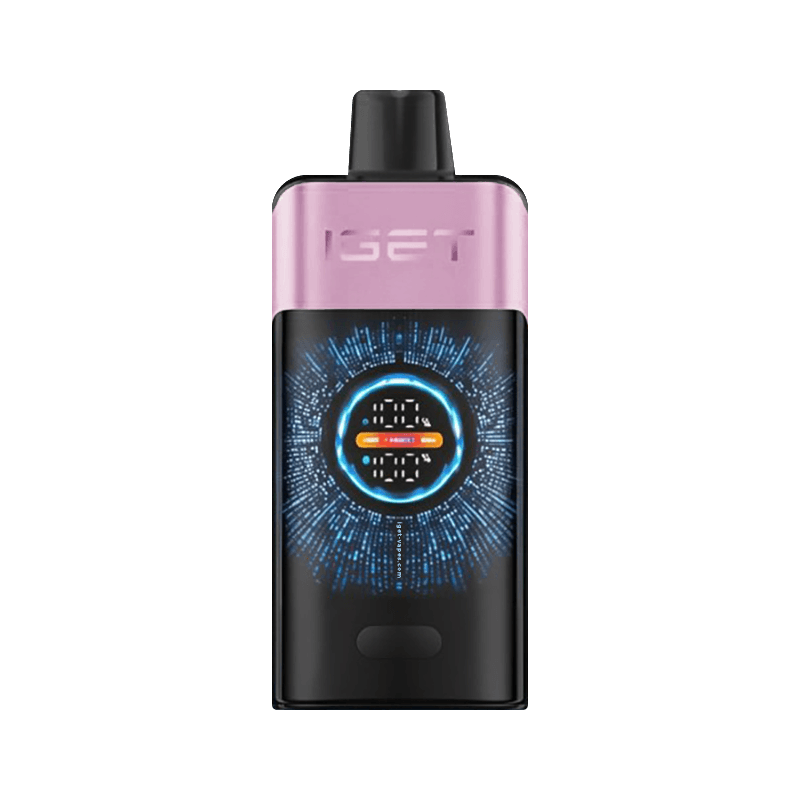
Is Your Waka Vape Safe? What Every Aussie Vaper Must Check Before Buying
Australian federal law classifies any disposable containing nicotine as a Schedule 4 substance, meaning you must hold a valid prescription to possess or import waka vape products. Border Force routinely seizes undeclared shipments, and penalties can exceed $11 000. Domestic retailers enrolled in the waka vape guide scheme only supply to patients who upload scripts, so always verify that the store asks for documentation—if they don’t, that’s a red flag for counterfeit stock.
State nuances matter: NSW and Victoria require child-resistant packaging, while Queensland additionally insists on a tamper-evident seal. A genuine waka vape unit displays batch and expiry lasered on the base, plus a QR code that resolves to Relx’s verification portal. Counterfeits often print the code on a sticky label that peels; if the URL looks odd or the site lacks an SSL certificate, do not use the device. Nicotine concentration must be declared in mg/mL (commonly 50 mg/mL), and the label should list an Australian sponsor address—absence of local contact details suggests grey-market diversion.
Authenticity checklist you can run in-store:
- Scratch the hologram and scan; genuine codes work once only.
- Check the weight: a 600-puff waka vape averages 28 g; fakes are often lighter due to smaller batteries.
- Inspect the mouthpiece seam: real units have an ultra-sonic weld, not glue residue.
- Compare RRP: anything under $12 for a 1 000-puff model is suspicious when compare waka vape and about waka vape categories sit around $20–25.
Nothing in this article is medical advice. Some first-time users report mild dizziness from rapid nicotine absorption; if you feel nauseous, stop vaping immediately, sip water, and see a health professional. Keep devices away from children and pets; the small form factor and bright colours can look like confectionery.

Waka Vape Showdown: Which Model Suits You Best?
Choosing the right waka vape variant depends on puff count, flavour range, and how much you want to spend per day. Below is a quick matrix built from publicly listed specs and average Australian retail pricing observed in mid-2025.
600 puffs – Ideal if you social-smoke once or twice a week; cost roughly $0.04 per puff but flavour list is limited to 8 options.
1 000 puffs – Sweet spot for daily light users; around $0.03 per puff, 15 flavours, still pocketable.
4 000 puffs – Better value at $0.02 per puff, but the 550 mAh battery adds bulk; choose if you dislike weekly store trips.
All variants use 50 mg/mL nic-salt, so heavier ex-smokers don’t need multiple devices; however, beginners sensitive to nicotine may find even short sessions intense.
If you alternate vaping with cigarettes, the 1 000-puff model gives enough runway to judge whether disposables help you cut down without a $30 outlay. Conversely, if you already dropped cigarettes entirely, the 4 000-puff option lowers the per-puff price, but remember that higher liquid capacity means the device sits around longer—oxidation can mute flavours after three weeks, especially fruity profiles.
Compared with pod systems, waka vape disposables eliminate coil swaps and charging cables, a plus for travellers. The trade-off is long-term cost: a 10 mL nic-salt bottle (≈$25) plus a refillable pod kit (≈$35) can equal five 1 000-puff disposables, but you must invest upfront and carry spare pods. If you value convenience over savings, disposables win; if you chase economy and flavour tweaking, look at refillable lines such as waka vape tips or best waka vape options categories.
How to Get the Most Out of Your Waka Vape: A No-Fuss Guide
- Unbox correctly
Tear the outer film at the notch, not the base, to avoid squeezing e-liquid into the mouthpiece. Remove the silicone stopper and the sticker covering the base airflow; keep both in case you need to re-seal for travel. - First activation
Take three gentle primer puffs without inhaling; this helps saturate the coil and reduces dry-hit risk. Avoid covering the two tiny airflow holes on the base with your fingers—blocked intakes make the draw tight and can burn the wick. - Daily handling
Store upright in a shirt pocket or cup holder; laying flat in a hot car can thin the liquid and encourage leaks. If condensation appears in the mouthpiece, flick the device downward once onto a tissue to clear it. - Storage at home
Keep below 25 °C and away from direct sun; nic-salt oxidises faster above 30 °C, darkening flavour. Do not refrigerate; cold thickens the VG and can starve the coil on the next use. - Know when to dispose
When vapour drops to half its usual volume or flavour becomes burnt, the coil is spent. A 600-puff model lasts roughly 3–4 days for a 10-puff-per-session user; if you reach day 7, you’re likely micro-puffing and can upsize next time. - Responsible disposal
Disposables contain lithium cells. Drop them at a B-cycle battery bin (most Woolies and Bunnings) or ask your vape store’s recycling tub. Do not bin with household waste—fires in garbage trucks have been linked to crushed vape batteries. - If someone feels unwell
Symptoms like dizziness, rapid heartbeat, or nausea indicate nicotine overuse. Stop vaping immediately, drink water, sit upright, and seek fresh air. If symptoms persist or worsen, contact the Poison Information Centre on 13 11 26 or see a health professional.

Your Biggest Waka Vape Questions, Answered by Aussies Who’ve Tried It
A 1 000-puff device retails around $18–22, roughly equivalent to 50 cigarettes. Heavy smokers consuming 15 sticks a day spend ≈$180 per week in 2025; switching entirely to one 1 000-puff disposable every three days lowers the weekly outlay to ≈$50, though dual use can negate savings.
Battery and liquid usually deplete together, but aggressive puffing shortens life. A 600-puff unit typically lasts 2–4 days for casual users, while a 4 000-puff model stretches to 10–14 days; chain-vaping at 80 puffs per hour can halve those figures.
Better for convenience and no-maintenance travel; worse for cost over months and flavour customisation. Refillable pods let you taper nicotine strength, but disposables suit users who dislike coil swaps and carrying bottles.
Legally, nicotine products are not returnable once opened due to health regulations. However, reputable stores often replace obviously defective units (DOA battery, leaking seal) within 24 hours if you provide photos and the original prescription verification.
Stop vaping immediately, drink water, and wait 30 minutes. Consider switching to a lower-strength brand or spacing puffs further apart. If palpitations or cold sweats occur, seek medical attention and mention the nicotine concentration (50 mg/mL) to the clinician.
Is the Waka Vape Worth Your Cash? Here’s the Honest Verdict
- Choose the 600-puff waka vape for occasional social use; it’s discreet and wastes less if you lose it.
- Opt for 1 000 puffs if you vape daily but still want pocket convenience; 15 flavours help avoid palate fatigue.
- Grab 4 000 puffs only if you dislike frequent store visits, but finish it within three weeks to prevent flavour drop-off.
- Always verify prescription requirements and scan the QR code; grey-market units risk confiscation and unknown ingredients.
- Discontinue use and consult a health professional if you experience dizziness, nausea, or allergic reactions—nicotine is a potent stimulant.
Ready to compare pricing or view lab reports? Browse verified waka vape tips and keep your script handy before adding to cart. Vaping decisions stick best when grounded in real specs, real laws, and real health awareness.
Alex Carter is a vaping industry analyst and senior product reviewer who has tracked nicotine delivery devices in Australia since 2019. He specialises in translating technical specs into everyday language for adult smokers and vapers, and routinely consults for national retail chains on TGA compliance and product curation.


